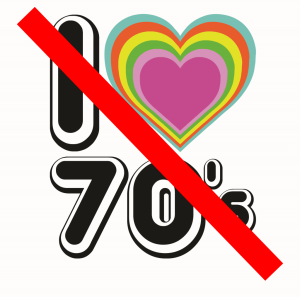
Recently I wanted to wanted to rip some CDs that had pesky copy protection. In the past I achieved this by taking a digital optical signal from a CD player into my PC; easy. However, 2018 found me bereft of any kind of CD player, a situation that I found surprising and a little alarming. I began to reminisce about all of the CD players I have known over the years and felt a desire to own another. Thus, I set out to find a cheap but reliable CD player with a optical output.
I managed to buy a fairly run of the mill Sony CDP-XE370 (missing the remote control) on eBay for the princely sum of £10. It arrived after 2 days and works fine - in fact, it's quite a nice sounding machine. The internet suggests this model harks back to 2001 and is capable of playing MP3 data - a good find it would seem.
Inspired by this success, I have resolved to build a Hi-Fi separates system for another part of the house solely from eBay. I have a tiny budget (I have challenged myself to not go into 3 figures) but absolutely no time limit.
 |
| Barn fresh and bashed up |
To start to my 'cheapo separates challenge' I have cheated a little. I remembered that there was a pair of Jamo speakers in the loft that would get the ball rolling. Whilst a pair of vintage D115 cabinets aren't exactly the top of the food chain when it comes to speakers, they would suffice for my needs. However, when I pulled the speakers down into the light of day it appeared that 3 of the 6 cones had become bashed in over the years. Vintage Hi-Fi was obviously going to come with some maintenance obligations.
I have a distant memory of squashing the cones on my father's Acoustic Research speakers sometime in the late 70's. Surprisingly I don't remember getting a whack around the head or him being particularly angry. I do however remember him pushing a pin into the tweeters in an attempt to pull out the dent. This strategy did pull out the dent, but it also left an ugly hole in a very expensive and beautiful speaker. Thus, when I found these speakers I went straight to Google for solutions and not the sewing kit.

The first suggested remedy was to place a cardboard tube (say the inside of a kitchen or toilet roll) over the dent and suck the dent out. Needless to say, I didn't try this. Second option was to stick adhesive tape to the cone and pull the dent out. This method involves rubbing a pencil over the tape to ensure it has sufficient adhesion to the cone and then pull the dent out. With no pencil to hand I grabbed one of the many crayons lying around the office (the children play in there you understand, I am allowed to handle sharp objects) and got to work. Much to my surprise the first pull resulted in a 50% improvement and with a little careful application I was able to pull the whole of the first dent out. The much thinner, paper cone of the mid speaker did suffer some surface damage from the tape, but the dent was also fully removed. The second speaker responded well to treatment and after about 20 minutes work all of the dents were pulled out.
 |
| Repaired and ready: the first part of the cheapo separates challenge |
Now 20 years in the loft haven't done much for the looks of these speakers and some cleaning and minor repairs were required. I managed to find a permanent black marker in the same shade of black as the cabinets and touched up all of the blemishes that exposed the underlying fibreboard. I then pulled the plastic exhausts and had a good clean inside. All of the wiring and solders seemed good and once the dust covers were back on, these old Danish warriors (these are vintage speakers predating the switch to production in China) were beginning to look serviceable.
The only test that remains is to actually play something through them. I will be interested to see how they sound - not having listened to them for 20 years (I am making an assumption that they will work as there isn't much to go wrong with them).
 This week hasn't seen much activity for the Hi-Fi challenge. A new acquisition is winging its way to me, but it hasn't yet arrived. Unfortunately this new item is being delivered via Royal Fail (sorry Mail), so even if it does manage to get here, it will probably be in pieces.
This week hasn't seen much activity for the Hi-Fi challenge. A new acquisition is winging its way to me, but it hasn't yet arrived. Unfortunately this new item is being delivered via Royal Fail (sorry Mail), so even if it does manage to get here, it will probably be in pieces.








:format(jpeg):mode_rgb():quality(90)/discogs-images/R-204487-1437283907-1021.jpeg.jpg)


